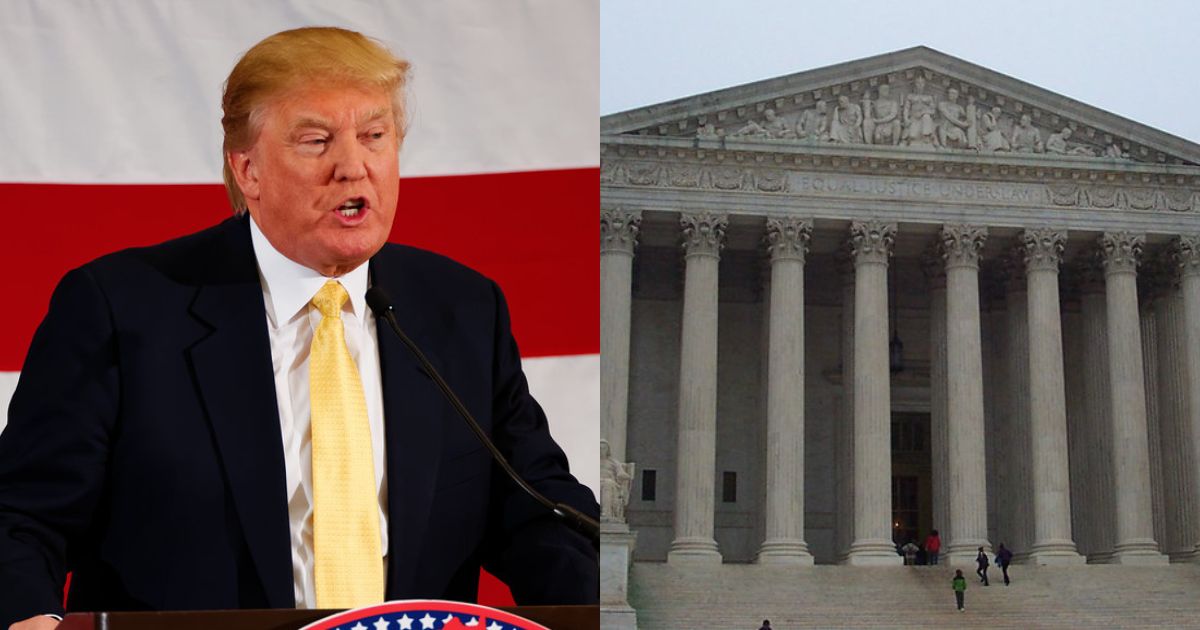Once again, the Donald Trump administration has reached out to the Supreme Court, asking them to overturn a decision that stopped them from letting go of a large number of federal workers. Skipping to the Supreme Court is a bigger plan to fight back against judges who have stopped several of Trump’s policies in their tracks.
The Justice Department says in their latest plea that these lower courts have gone too far, acting like they’re in charge of “all-purpose overseers of Executive Branch hiring, firing, contracting, and policymaking.”
This situation involves getting rid of new employees who are still on probation at six important federal offices. It’s part of the ongoing tug-of-war between the courts and Trump’s team. With more cases ending up at the Supreme Court, legal analysts think this trend could change how much power the President and the courts have when it comes to working together.
Between February 13 and 14, the Trump administration decided to let go of thousands of employees who were still on their probation period across several departments, including Veterans Affairs, Agriculture, Defense, Energy, Interior, and Treasury. But a district court judge didn’t see eye to eye with them and said that the firings weren’t lawful, telling the government to bring those folks back to their jobs.
The Trump team, though, isn’t happy with the judge’s call. They think the judge didn’t have the right to step in and say that. They said, “A single district court should not be allowed to erase Congress’s handiwork.”
The Justice Department is also throwing in their two cents, saying that making these people come back to work has really messed with the government’s ability to keep things running smoothly and plan their finances.
The 45th & 47th President of the United States of America, Donald J. Trump—arrives at the Department of Justice in Washington, D.C. pic.twitter.com/9dEMSgB8D1
— Dan Scavino (@Scavino47) March 14, 2025
The 9th Circuit Court of Appeals didn’t stop the judge’s order, but they haven’t made a final decision on the whole thing yet. So, the Trump administration decided to take it up a notch and go to the Supreme Court, asking for an immediate pause on the rehiring process. They’re pretty eager to get this whole situation figured out.
This situation is just one more in a long line of times the courts have said “no” to Trump. Ever since he became President, judges have stopped him from doing a bunch of things he wanted, like taking away citizenship from babies born here and firing Hampton Dellinger, who used to be in charge of something called the Office of Special Counsel. All these legal fights have led to a record number of quick appeals to the Supreme Court.
Trump and his team often get mad at judges when they don’t get their way. White House Press Secretary Karoline Leavitt even said, “A single judge in a single city cannot direct the movements of an aircraft carrier full of foreign alien terrorists.” They’re not happy with the courts getting in the way of their decisions.
Chief Justice John Roberts has had to defend the judges. He said, “For more than two centuries, it has been established that impeachment is not an appropriate response to disagreement concerning a judicial decision.”
Chief Justice John Roberts views himself as a cautious institutionalist, but it increasingly looks as if history will view him as a deeply flawed chief justice who paved the way for the US to become an authoritarian state under Donald Trumphttps://t.co/etr7TgeUkN
— Steven Greenhouse (@greenhousenyt) March 20, 2025
The way Donald Trump’s administration keeps going to the Supreme Court fast has got everyone talking about the “shadow docket.” It’s a secret way to ask the court for help without going through all the usual steps. White House legal analyst Jordan Rubin says they’re doing this because they don’t want to wait for the regular courts to deal with their problems.
The Supreme Court hasn’t made up its mind about a lot of these cases yet, but what they decide could be really important. If they’re on Trump’s side, it could make it harder for other judges to stop what he does as President.
Almost 24,000 government workers might get their jobs back in the tug-of-war between the President and the courts.









